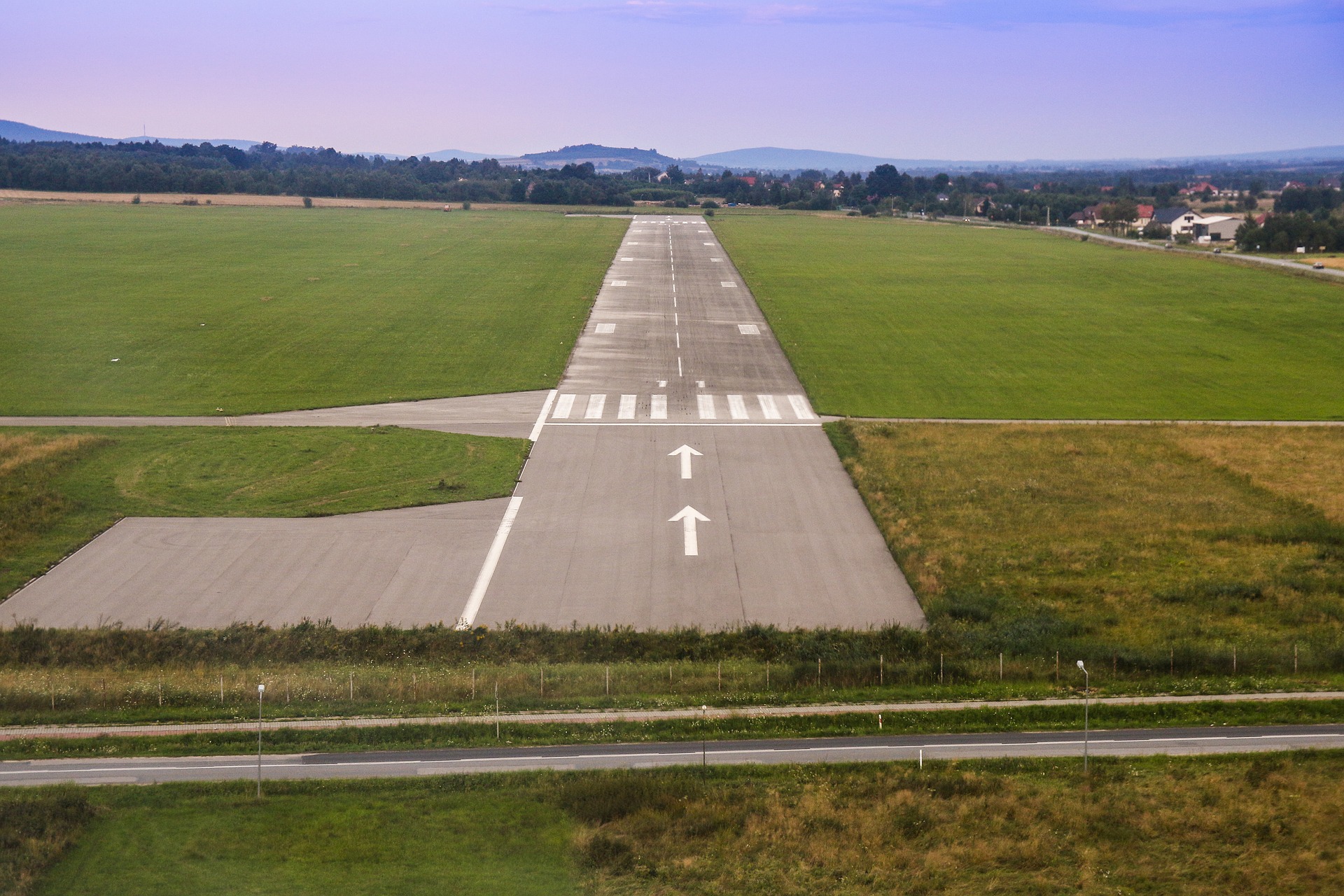While the District of Muskoka council believes the master plan for the Muskoka Airport will help guide the Gravenhurst airport in the right direction for the next two decades, some local pilots are skeptical.
The airport’s master plan was approved by the District council in January. The main point of contention is how the prevailing wind grass runway is going to be treated. The runway is one place that was identified in the plan as an area for development – specifically for buildings, like multiple hangars varying in size, according to the airport’s CEO Len O’Connor.
The grass runway is about 2,200 feet and only used for smaller airplanes while the main runway is 6,000 feet and used by larger planes. The current plan is to replace the grass runway by 2022. A budget of $600,000 was approved earlier this year for that project.
John Whitty is one of the pilots that reached out to the MyMuskokaNow.com newsroom to express concern about the impending changes. “It has a long, paved runway, which most smaller towns don’t have,” he says of the Muskoka Airport, but adds the grass runway is the safer option of the two since it’s into the wind. Witty says the longer runway is not into the prevailing wind.
He believes the grass runway should be paved and extended. “Instead council is going backwards and closing it,” he says. In Witty’s eyes, that is going to “drastically” affect the long-term future of the airport.
While the grass runway has been closed since the start of the COVID-19 pandemic, it needs to be kept around, according to Witty. “It’s true that the grass runway isn’t presently used very often, but it’s just like the airbag in your car,” he says. “No one removes airbags because they aren’t needed very often. That is exactly what this council is doing based on the recommendation from their latest consultant.”
O’Connor says consultants Tetra Tech were brought in to help create the recently approved master plan. He says a public consultation was done and airport tenants along with surrounding municipalities were brought into the conversation as well to help develop the plan. He says it will be used to help figure out where the airport needs to grow.
For over three decades, Earle Robinson has flown out of airports all over Ontario. He also has years of experience as a meteorologist and as an engineer specializing in various aviation tools. He explains that this issue has been ongoing for over a decade. The District’s previous council put a moratorium on the runway until a long-term plan was established. “A long-term plan was never approved,” he says, noting that multiple attempts were put forward, but were all rejected by the pilots.
Robinson says each plan had a short-term view of building on the grass runway and creating a new one elsewhere.
“We did a wind analysis,” O’Connor says, talking about the grass runway. He says it found that it would be better positioned elsewhere. “Transport Canada wants us to achieve 95-percent or higher when it comes to usability of the airport,” he says. The new runway will meet that threshold, while still being in the prevailing wind. O’Connor adds that the old runway was at “94 point something.”
“It’s non-pilots making major, permanent backwards decisions,” Witty says. The proposed new runway, according to him, is “vastly inferior” and “relatively dangerous” when compared to the ones it’s replacing.
“It will make (the airport) more safe,” O’Connor says of the new runway. “If we were not safe, Transport Canada would come in and close us down. Simple as that.”



